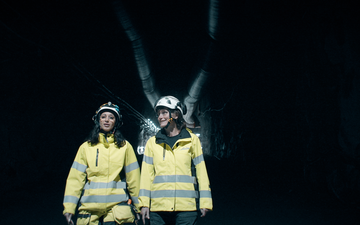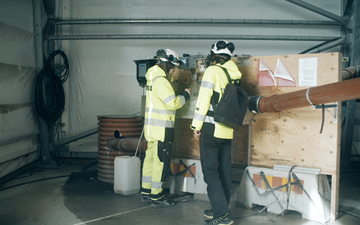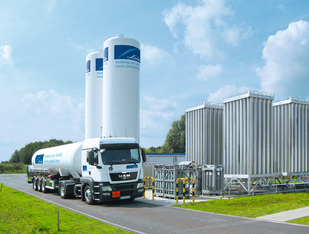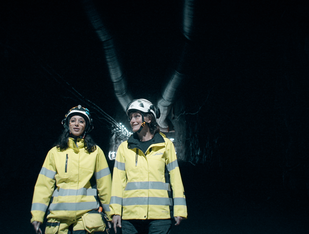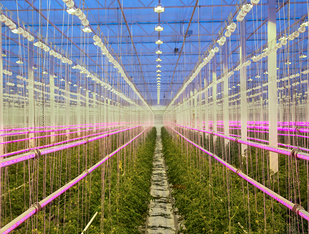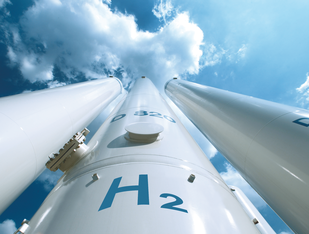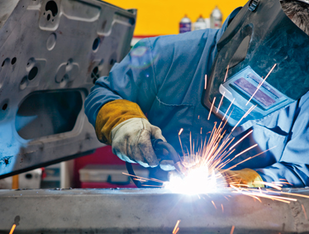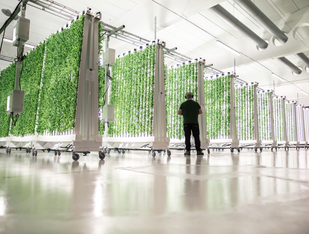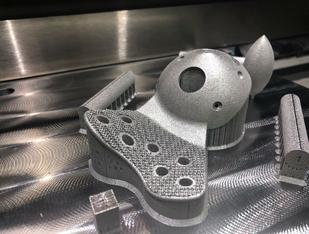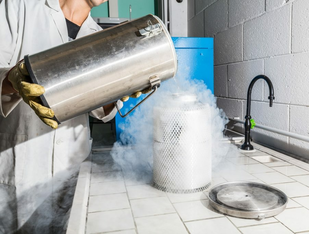SOLVOCARB®-technology is used for pH control of process and wastewater in many industries such as the food, textile, and chemical industries as well as in the pulp and paper industry. It can also increase alkalinity and remineralize in the production of drinking water.
- Home
- Home
-
Shop
-
Industries
- Processes
- Gases and Equipment
-
Services
-
Safety
-
Contact & Support
-
News & Media
